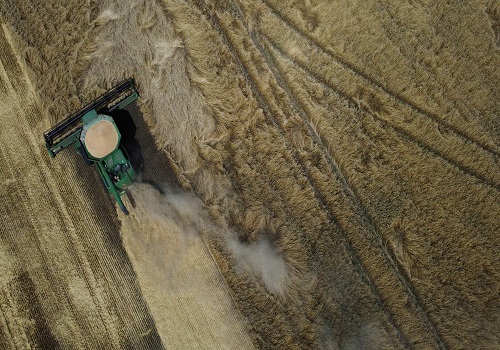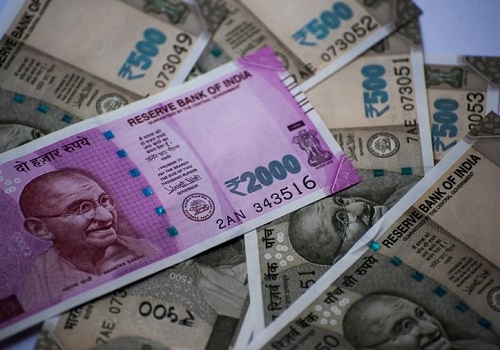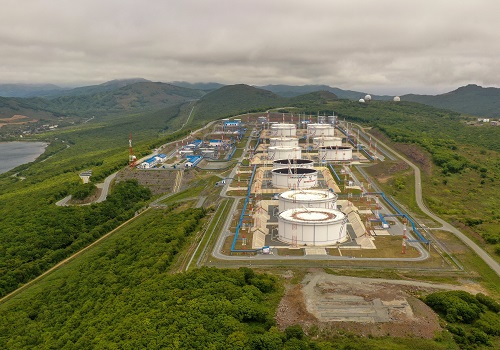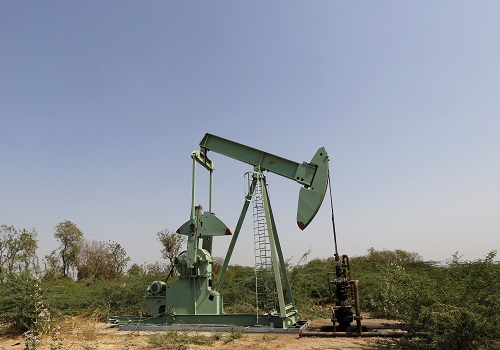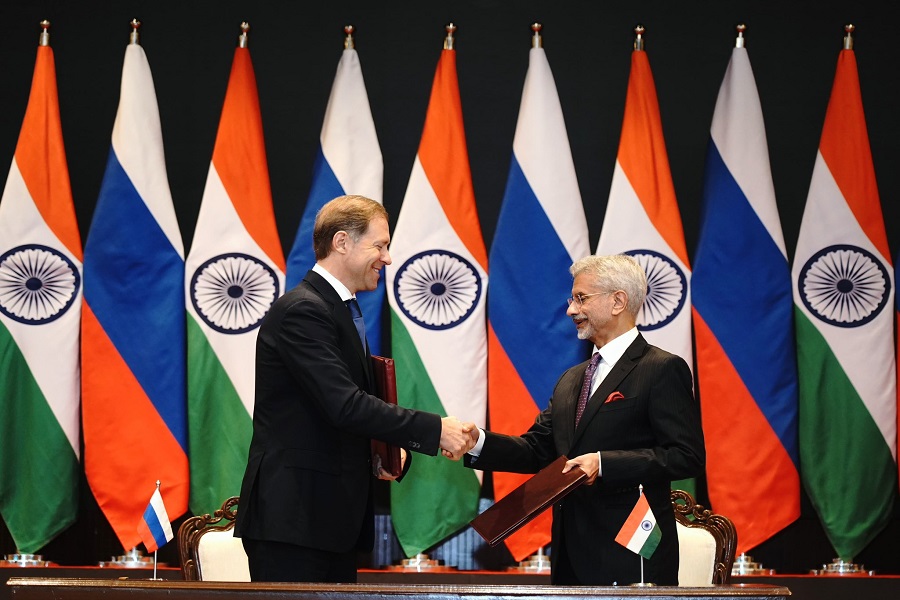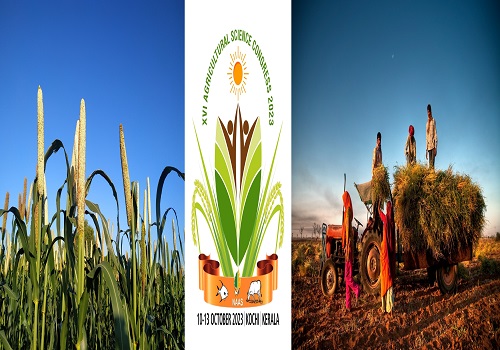Indian steel firms plan price rises as coking coal costs surge

Follow us Now on Telegram ! Get daily 10 - 12 important updates on Business, Finance and Investment. Join our Telegram Channel
Indian steel companies plan to raise prices of various grades of the alloy due to rising import costs of coking coal, especially from major producer Australia, officials at four domestic mills said. Steel mills are likely to raise rates by $25 to $50 a metric ton by December, said the officials, who did not wish to be named as they are not authorised to speak to media. Prices for Australian coking coal have jumped 50% to over $350 a metric ton due to factors such as maintenance outages, lower than usual supplies from Queensland, and a slower train network, Banmeet Khurmi, a metallurgical coal analyst at London-based CRU, a commodity-focused research group, said.
For India, Australia accounts for over half of its coking coal imports of around 55-60 million metric tons a year.
India also meets its coking coal requirements by importing from Russia and the United States. Lured by discounts, Indian steel mills might turn to Russia to buy coking coal in far bigger volumes, company officials said.
The sharp jump in the price of imported coking coal means the final product would be at least $50 a ton more expensive, one of the company officials said, referring to the cost increase for speciality steel products that his firm makes. Last week, Amarendu Prakash, chairman of Steel Authority of India (SAIL), the country's largest state-owned steel producer, said higher coking coal prices have already hit his company's margins. The officials said steel companies would be forced to raise prices even as demand for Indian steel was going up as construction and infrastructure-related activities pick up after monsoon rains ebb in September and early October. Some steel companies have already started raising prices of hot-rolled and cold-rolled products by around $12 to $24 a metric ton, said Dhruv Goel, chief executive of SteelMint, a research group. Prices of certain products, particularly flat steel products used in cars have started going up at a time when demand typically surges in October and November, when Indians celebrate a clutch of festivals.














